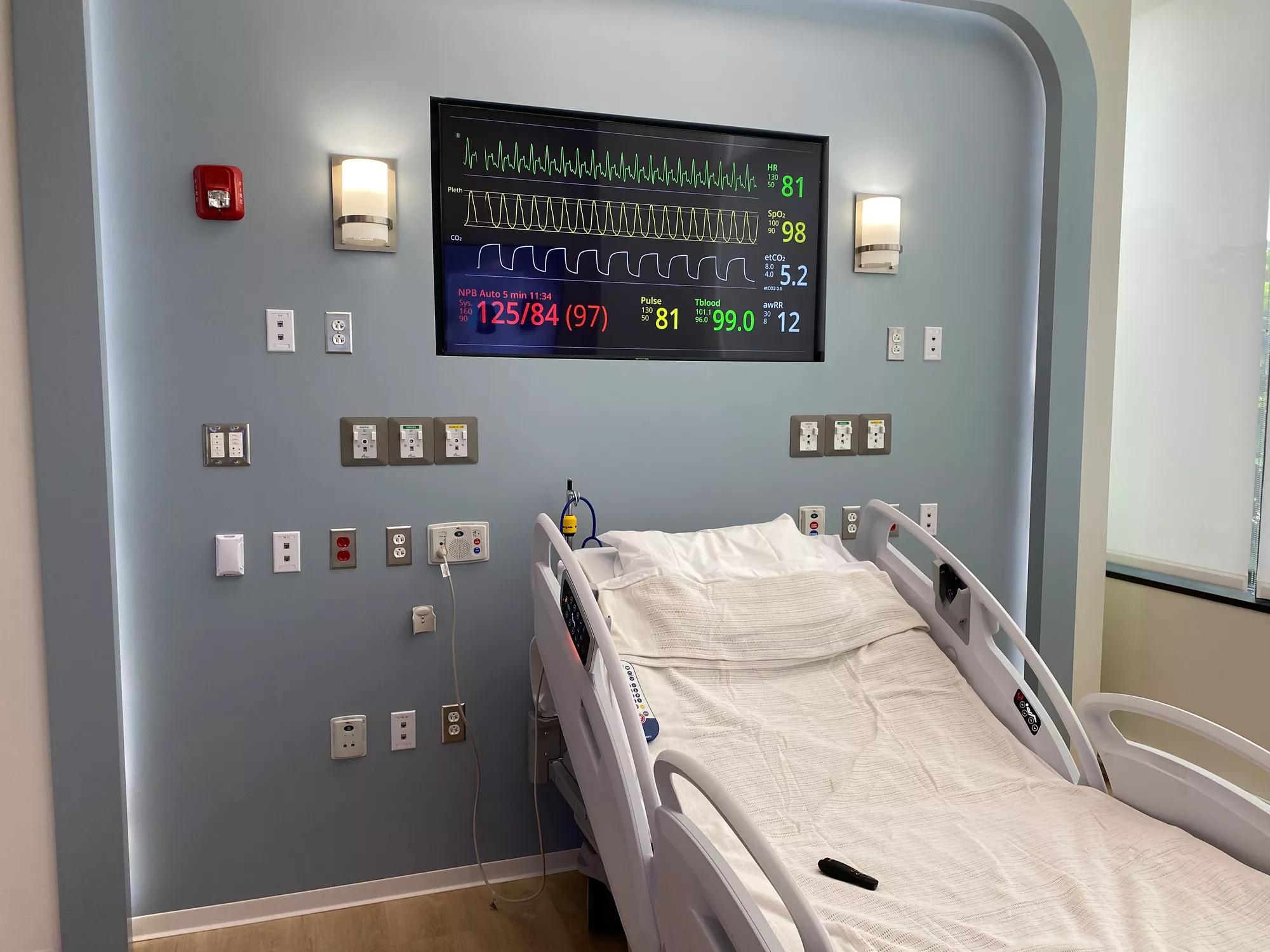How Healthcare Tech Automation Can Boost Clinician Morale
Patient satisfaction is at the forefront of today’s healthcare technology conversations, but there’s a vital part that may be overlooked: Clinician satisfaction is just as critical to measure, manage and improve. Satisfied doctors and nurses often mean happier patients and family members—and better clinical outcomes.
But it looks like the industry has some work to do in this area.
Case in point: Nurse career satisfaction is dropping (it’s currently at 71%), according to a recent AMN Healthcare Survey, and hospitals are seeing the consequences firsthand.
Among this group of surveyed nurses, only 15% plan to be working in their current hospital position at this time next year. The majority (85%) are preparing to make a career change of some sort: find another place to work, drop to part-time, go back to school, leave nursing altogether, etc.
Physician career satisfaction fares about the same: According to the American Medical Association (AMA), only 72% of doctors are satisfied with their current job. This is a 4% decrease from the previous AMA survey, which was conducted in 2020. This most recent AMA survey also marks the first time that physicians have reported a drop in overall job satisfaction.
To provide quality patient care, hospitals need sharp, focused and satisfied clinicians at the helm. Anything that can be done to make their jobs easier and free up time to spend with patients (which is what makes them happiest) will reflect positively on safety, efficiency and care outcomes.
At Becker’s 14th Annual Meeting in April 2024, several healthcare professionals stopped by Belden’s booth and visited our nearby Enhancing Patient Experiences showcase, housed in our Chicago Customer Innovation Center (CIC).
We had conversations about all kinds of healthcare-related topics, but one thing seemed to stop almost everyone in their tracks when they saw it: a monitor on the headwall system in our Enhanced Patient Room inside the CIC.
Headwalls are common in hospital patient rooms to manage cords and tubes and transmit electrical, oxygen and gas functions—but we took these architectural features to another level by adding an integrated display and turning it into a critical tool to help nurses and physicians do their jobs more effectively.
Using Healthcare Technology Automation to Make Patient Consultations Easier
Think about the information a clinician needs to gather for a medical consultation:
- Basic patient information (name, age, etc.)
- Medical history and diagnoses
- Medication lists
- Allergies
- Physiological monitoring data (temperature, pulse, blood pressure, etc.)
- Lab/test results
- Radiology images
- Treatment plans
- Notes from other care team members
To give patients the attention they deserve, clinicians need to enter a room calmly and unhurried—not frantically scrambling to pull up the right medical records or capture up-to-date vitals.
That’s exactly what we envisioned when we created the Enhanced Patient Room in our CIC, which can be replicated in almost any environment today with the right healthcare technology.
Envision a physician donning an RTLS badge that contains a sensor. When they walk into a patient’s room, that room “knows” who they are as soon as they arrive. Then—through healthcare technology integration—many things happen automatically to make the lives of clinicians easier so they can focus on the patient.
As the physician or nurse enters the room, their name, picture, title and credentials automatically appear on the patient engagement screen. The patient knows who’s entering the room and why they’re stopping by.
Meanwhile, on the headwall monitor behind the patient, real-time information from the electronic patient record is displayed.
Instead of trying to pull up patient data on a laptop or tablet, all the information the clinician needs is displayed on the monitor in a dashboard. They can see everything in one place without having to turn away from the patient. Once the consultation is over and the clinician exits the room, the patient data disappears from the headwall monitor to ensure privacy.
When the healthcare professionals in our showcase saw how this worked, they had lots of ideas about how this integration of healthcare technology and automation could improve clinician satisfaction.
Automating the Discharge Process
Another example of using automation to make the lives of hospital employees easier can be found in the discharge process.
When a patient is ready to be discharged, for example, automation can enable the clinician to complete the process right in the room from the patient engagement screen.
Once discharge is complete, the system knows to automatically call for an autonomous wheelchair. Instead of a patient escort searching for an available wheelchair and manually moving it to the room, RTLS technology locates the closest available autonomous wheelchair and brings it right to the door, where the clinician helps the patient get situated.
From there, the wheelchair takes the patient to the front entrance, where family members are waiting with the car.
Automation like this can also cut down on overhead paging and other noises, preventing alarm fatigue and making spaces quieter and more relaxing for patients and clinicians.
Although integrated autonomous wheelchairs aren’t a capability we feature in our Enhancing Patient Experiences showcase today, it’s one we may consider adding in the future.
Technology Integration + Network Convergence Are Key
While these use cases are rarely found in today’s hospitals, the healthcare technology exists right now to make them reality. This isn’t automation to consider for the future—it’s something you could deploy this year.
But simply rolling out new technology isn’t enough. The keys to making automation work at this level are healthcare technology integration and network convergence. Healthcare systems must be able to work together so data can flow from point to point automatically and be analyzed and manipulated to suit the user—informing every step of the patient and clinician journey.
To see healthcare technology automation like this in action, you can explore our state-of-the-art Customer Innovation Center in Chicago—the home of Belden’s Enhancing Patient Experience showcase. Our team of onsite healthcare experts will tailor an immersive tour just for you based on what you want to see and learn.
We’re working hard to help reshape the landscape of healthcare by seamlessly integrating technologies that elevate patient satisfaction and boost staff retention. Come step into the future of healthcare with Belden!
Learn more about our Enhancing Patient Experiences showcase.
Related Links:
- The 3 Big Imperatives Driving Healthcare Technology Forward
- Belden Unveils a State-of-the-Art, Immersive Healthcare Solutions Showcase
- Finesse-Your-Data-Center-Redesign-for-Healthcare

